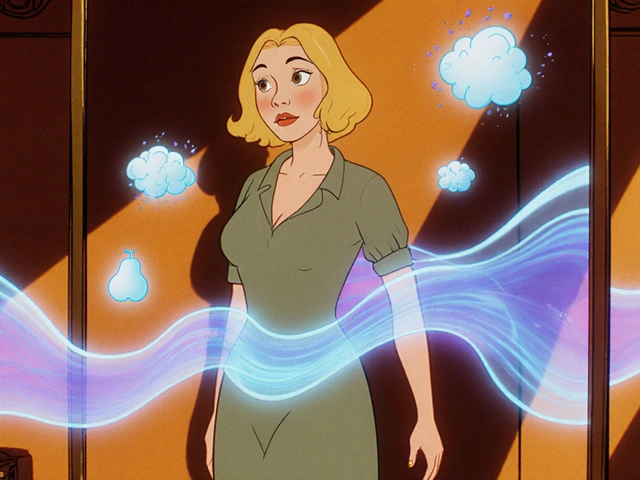Eye Pressure: Quick Guide to What It Is and How to Manage It
Ever heard your eye doctor talk about "pressure" and wonder what’s really going on? Eye pressure, also called intraocular pressure (IOP), is the force of fluid inside your eye. It’s a tiny number, but when it’s too high or too low it can cause trouble.
Understanding Eye Pressure Levels
Normal IOP usually falls between 10 and 21 mmHg (millimeters of mercury). Anything above 21 may signal a higher risk for glaucoma, a condition that can damage the optic nerve and lead to vision loss. Low pressure—below 10—can be linked to eye inflammation or injury.
How do doctors measure it? The most common tool is a tonometer, which gently taps the eye or uses a puff of air to gauge the fluid’s resistance. The test is quick, painless, and often part of a regular eye exam.
Keep Your Pressure in Check
Here are some everyday habits that help maintain a healthy IOP:
- Stay active. Regular cardio improves blood flow, which can help balance eye fluid.
- Watch caffeine. Too much coffee or energy drinks may raise pressure temporarily.
- Eat eye‑friendly foods. Greens, carrots, and fish rich in omega‑3 support overall eye health.
- Protect your eyes. Wear sunglasses on sunny days and safety glasses when doing risky work.
- Follow medication advice. If you’ve been prescribed eye drops, use them exactly as directed.
If you have a family history of glaucoma or notice blurred vision, halos around lights, or eye pain, book an eye exam right away. Early detection can keep pressure under control and preserve sight.
Remember, eye pressure isn’t something you can feel, so regular check‑ups are the only reliable way to know where you stand. Keep an eye on your health, ask your optometrist about IOP, and stick to the simple habits above for a clearer future.





